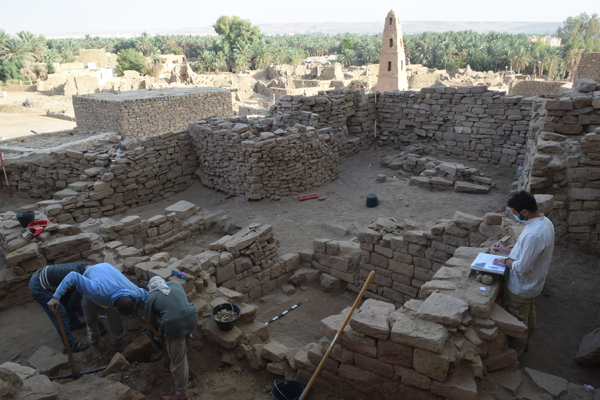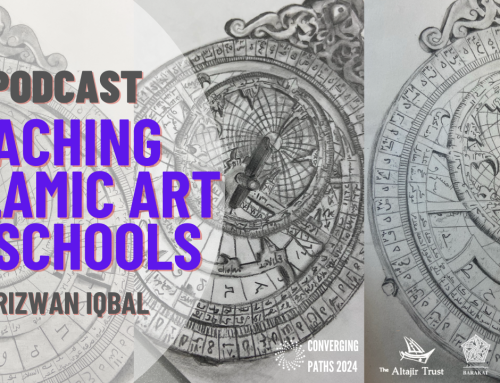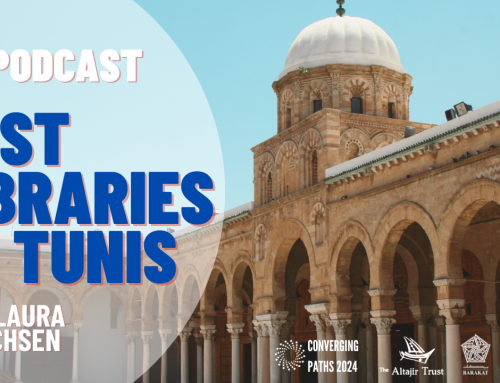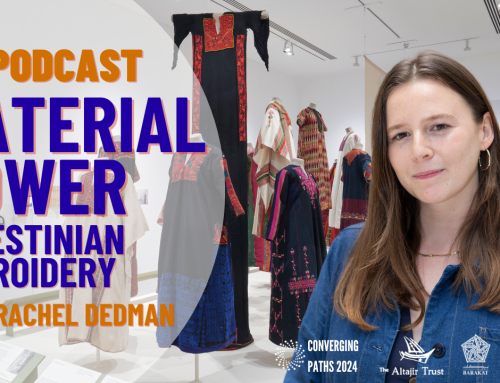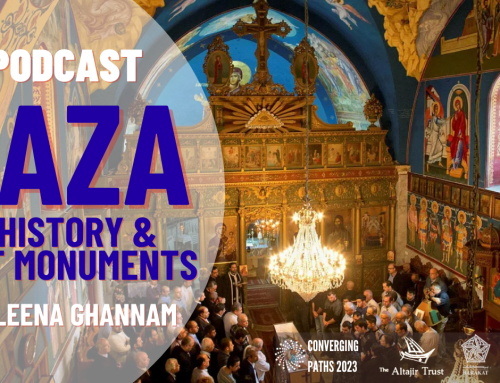BRIEF FINAL REPORT season 2021
Introduction
The project, as part of the Italian Archaeological Mission in Saudi Arabia (season 2021), took place from 10/17/2021 to 11/19/2021, proceeding with both the archaeological research and excavation work and the restoration work for the immediate consolidation of the structures excavated inside the Dūmat al-Jandal oasis.
The excavations inside the oasis were particularly intense, involving trenches 10, 11, 12 and the new trench 13.
Trench 10 (approximately 15 x 50m), immediately to the west of the mosque of ‘Umar, continues to be the most productive from the point of view of pre-Islamic evidence and among the most spectacular in terms of fruition. In particular, the Sounding 4 made it possible to discover a chronological sequence that includes an Assyrian phase (VIII-VII century BC), a Nabataean phase (I century BC – I century AD) and an ancient Islamic phase.
Trench 11 (about 30 x 60m), the most spectacular since it is panoramic and located at the foot of the castle of Mārid, along its western side, has allowed instead to bring to light a rich Nabataean building (1st century CE) obliterated by several phases of Islamic occupation.
Trench 12 (10 x 15m), along the southern slope of the medieval village of ad-Dira’, has brought to light the ancient buildings of the Islamic era and is taking on a strong strategic value since the trench has shown that in the area currently used as a parking lot there is actually part of the ancient village and, above all, the ancient Islamic market.
Trench 13 (approximately 15 x 20m), the last in order of time and inaugurated this season, is located in the heart of the village of ad-Dira’, about 50m west of the ‘Umar mosque and intends to bring to light the ancient Islamic buildings.
The transitional period: architectonic structures and material culture from Trench 10
Historical background
Starting from the V century, archaeological evidence from Dūmat al-Jandal refers to a new pottery production related to the common Byzantine ware widespread in the Levant. It is now, starting from the V century that the main and impressive monuments of the oasis are built above the spoils of the Nabataean and Roman period, such as the Mārid Castle and the church known today as the ‘Umar mosque, that are those parts of the historical core of the oasis from where the most abundant and significant evidence related to the transitional phase between the Late Antiquity or late pre-Islamic period and the advent of Islam occurred. Thus, the Arab medieval sources and the archaeological data emerged allow to propose a first comprehensive picture of Dūmat al-Jandal in such a transitional phase.
Al-Balāḏurī (dead in 892) and ibn al-Kalbī (dead in 819), report of a polytheistic oasis. In particular, al-Balāḏurī states that before the advent of Islam the Kalb tribe was the predominant force in the region and that the Kalb gave shelter to refugee groups of Christian Ibadis from al-Hira, that is a community of the Church of the East. Even the pre-Islamic Arab poet al-Aḫnus bin Šihāb al-Taġlibī, refers that the great and famous central Arabia confederation of Ma’add included also the Kalb, whose territory included the al-Jawf in the north: al-Jawf is the second toponimy, after Dūmat al-Jandal, with which the oasis is known in the medieval Arab authors. The Kalb governance is attested up to the disgregation of Ma’add, around 530. From that time onwards, the sources only refer to the new born Islamic state’s campaigns against Dūmat al-Jandal and his Christian ruler of the Kinda tribe, Uḫaydir ibn ʿAbd al-Malīk, of the Sakūn clan. Uḫaydīr is defined as a powerful ruler allied to his neighbour Ghassan and faithful to the emperor Eraclius.
Several sources, collected by al-Sudairy in 1994, attribute to Uḫaydīr the construction of a church, with the participation of mosaicists from Bizantium. In all probability, the minaret associated to the so-called ‘Umar ibn al-Khattab mosque is the only clear element of that ekklesiastic building. The sources also attribute to Uḫaydīr the construction of the imposing so-called Mārid castle, above the spoils of the Nabataean acropolis. Archaeological excavation within the castle courtyard detected late antique opus tessellatum mosaics dated to between the VI-VII cent., widely attested in the Bizantine world.
The archaeological evidence after season 2021
Up to now, of all these events related to a Christian community in Dūmat we only had the hypothesis that the mosque was the former Uḫaydīr church. Nonetheless after the last seasons of excavation, something more can be observed regarding a Christian material culture. Also, a question arose, either were the church and people immediately converted to Islam, during the years of Abu Bakr and the victory of al-Walīd, or did they maintain the status of Dhimmi allowed to profess their faith. Already Kh. al-Muaykel in the early ’80s, on the basis of Arab-Islamic sources that are silent on the matter, had hypothesized that the building known as ʿUmar mosque had been, in the past, the church of Uḫaydīr. This hypothesis was based on the fact that the minaret stands in an atypical position, diametrically opposite to the canonical position in the first mosques, on the side opposite the qibli wall, where is the niche that indicates the direction of prayer (Mecca).
The excavations are concentrated immediately to the west of the western perimeter wall of the mosque, in an urban context of a domestic type. The stratigraphic sequence of our interest involves a phase apparently datable to before the eighth-ninth century. This phase involves a house consisting of Locus b2, an L-shaped corridor, locusb3, and a second room, locusb1, perhaps in the open air.
From the VIII-IX C14 dated century stratum two peculiar objects came to light, a hand bell and some pottery sherds. The first, is a small silver hand bell, the type is with clapper. This type of artefact, which finds comparisons with the Egyptian Coptic world and with the finds from the southern Arabian port of Sumhuram, certainly does not belong to those types of bells used for livestock or for dromedaries, smaller and more spherical, in addition to the fact that it is made entirely of silver and represents a valuable cult element. Furthermore, the bells were banned by order of the Prophet Muḥammad, and therefore there is no reason to believe that this object is to be attributed to a use related to Islamic worship. Therefore it is legitimate to contemplate, first of all, the possibility that this small object is the first material testimony of the liturgical life in Dūmat al-Ğandal. Finally, one has to add some examples of ceramic fragments, from the same context, decorated with fish motifs arranged along one or more registers, engraved or painted, evidently a Christian symbol. These first materials, and their dating, based on 14C analyses, fall into a chronological period, the 8th-9th century, which apparently extends well beyond the Islamic conquest of the oasis. Probably, one should be careful and consider the 14C dating only as a terminus post quem, so that one should date these material culture to between the year of Uḫaydīr and not beyond the middle IX cent, with a more probable dating to the eve of Islam.
Restoration/consolidation procedures for the conservation of the Transitional phases in the Medieval village ad-Dira’
The activities of consolidation and preparation of the fruition paths were followed by the writer, by the Saudi colleagues of the Ministry of Culture and by the local workers able to perform masonry work according to traditional dry stone techniques. The work started with the consolidation of the most endangered structures of trenches 10, 11 and 12 and the consolidation of the sides of the trenches, in order to create the first visitors’ pathways based on the construction of traditional stone stairs able to lead the visitor, safely, inside the oldest buildings that today lie below the modern walkways.
Conspicuous works were carried out in trench 11, at the foot of the castle of Mārid, where Nabataean and ancient Islamic architectural phases emerged. In this case, it is a panoramic trench, where a second pathway is being prepared based on the consolidation of the banks of the trench, as well as the consolidation of the walls of the Islamic buildings most at risk of collapse. In all cases, dry masonry, of the pseudo-isodomic or irregular type, is still used, which maintains a constant philological principle of not visually altering the architectural landscape of the oasis.
In the case of trench 12, where the excavation works are allowing to rediscover the ancient Islamic phases of the village of ad-Dira’, the restoration works are necessary both for the consolidation of the excavation banks, where pathways are located, and for the safety of the oldest buildings.
Figure Caption. Excavation activities at the western foot of the Marid Castle (Trench 11), facing the ‘Umar mosque and also revealing new insight on the transitional pre-Islamic – Islamic period

